Italy – a land of timeless charm, where rolling vineyards blend into shimmering seas, and where ancient history intersects with modern sophistication. If you've ever fantasized about owning a piece of this picturesque nation, your dream is closer than you think. Welcome to ItalicaHomes, where our vast collection of Houses for sale in Italy unveils a realm of possibilities, tailored just for you.
Our Italian real estate portfolio is as diverse as the country’s iconic landscapes. From the serene hills of Tuscany, where olive groves meet world-renowned vineyards, to the azure coastlines of Liguria and the rich cultural tapestry of Sicily, every region beckons with its unique allure. Dive deep into our selection and you'll find an array of Italian villas for sale, perched on scenic clifftops or nestled within historic towns. Prefer something cozier? Our charming Italian houses promise a slice of authentic Italian life, be it in a bustling piazza or a tranquil countryside.
At ItalicaHomes, we understand that purchasing a property abroad is a big decision. That's why we strive to provide not just homes, but holistic experiences. Each of our Italian homes encapsulates the spirit of La Dolce Vita. Whether it’s a modern apartment overlooking the Mediterranean or a centuries-old farmhouse with its own vineyard, we ensure that every property for sale in Italy through us is a gateway to the country's rich tapestry of culture, cuisine, and history.
So, why choose ItalicaHomes? Beyond our handpicked properties, we pride ourselves on providing impeccable service, from the first inquiry to the moment you turn the key in your new home. Our deep-rooted connections in every region ensure a seamless buying process, giving you peace of mind as you embark on your Italian journey.
Dive into a world where dreams converge with reality. At ItalicaHomes, we don't just sell properties; we curate lifestyles. Let's embark on this beautiful journey together!
More about us

 Trentino Alto Adige
Trentino Alto Adige
 Aosta Valley
Aosta Valley
 Lombardia
Lombardia
 Friuli-Venezia Giulia
Friuli-Venezia Giulia
 Piemonte
Piemonte
 Veneto
Veneto
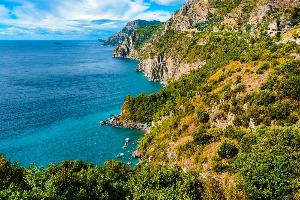 Liguria
Liguria
 Marche
Marche
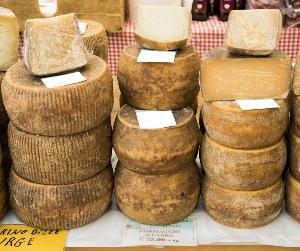 Emilia Romagna
Emilia Romagna
 Tuscany
Tuscany
 Puglia
Puglia
 Basilicata
Basilicata
 Campania
Campania
 Sicily
Sicily
 Sardegna
Sardegna
 Molise
Molise
 Abruzzo
Abruzzo
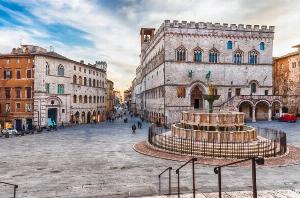 Umbria
Umbria
 Calabria
Calabria
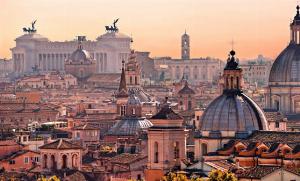 Lazio
Lazio
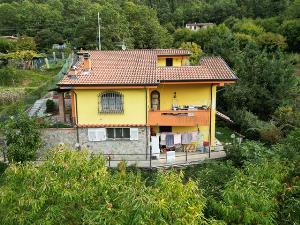 House
House
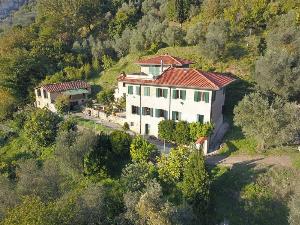 Rustico
Rustico
 Flat
Flat
 Villa
Villa
 Land
Land
 Farm
Farm
 Commercial
Commercial
 House + Commercial
House + Commercial
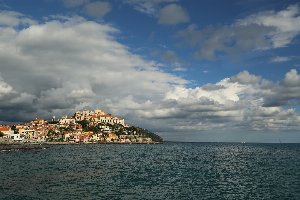 Sea
Sea
 Mountain
Mountain
 Vineyards
Vineyards
 City
City
 Lake
Lake
 Countryside
Countryside
Discover an unparalleled collection of exceptional properties for sale in Italy, meticulously curated to offer you the utmost in luxury and exclusivity. Our portfolio showcases a comprehensive range of exquisite options, including opulent villas, historic residences, majestic castles, elegant apartments, picturesque vineyards, and charming farmhouses. These remarkable properties are situated in the most coveted regions of Italy, each with its own unique allure.
Immerse yourself in the timeless beauty of Tuscany, Lombardy, Piedmont, Veneto, Liguria, Lazio, and Sardinia, where our handpicked selections await. From the romantic canals of Venice to the artistic splendor of Florence, the eternal city of Rome, the enchanting streets of Siena, the captivating allure of Capri, the cosmopolitan ambiance of Milan, the charming town of Lucca, the cultural richness of Turin, the glamour of Porto Cervo and Portofino, the alpine retreat of Madonna di Campiglio, to the coastal elegance of Forte dei Marmi – our offerings span the most desirable locations in Italy.
At the core of our service lies transparency, expertise, and unwavering dedication. With our vast experience and knowledge of the market, we accompany every property, ensuring a seamless and fulfilling experience for our esteemed clientele. Experience the epitome of luxury living as you explore our exceptional listings, where unparalleled elegance and extraordinary opportunities await.